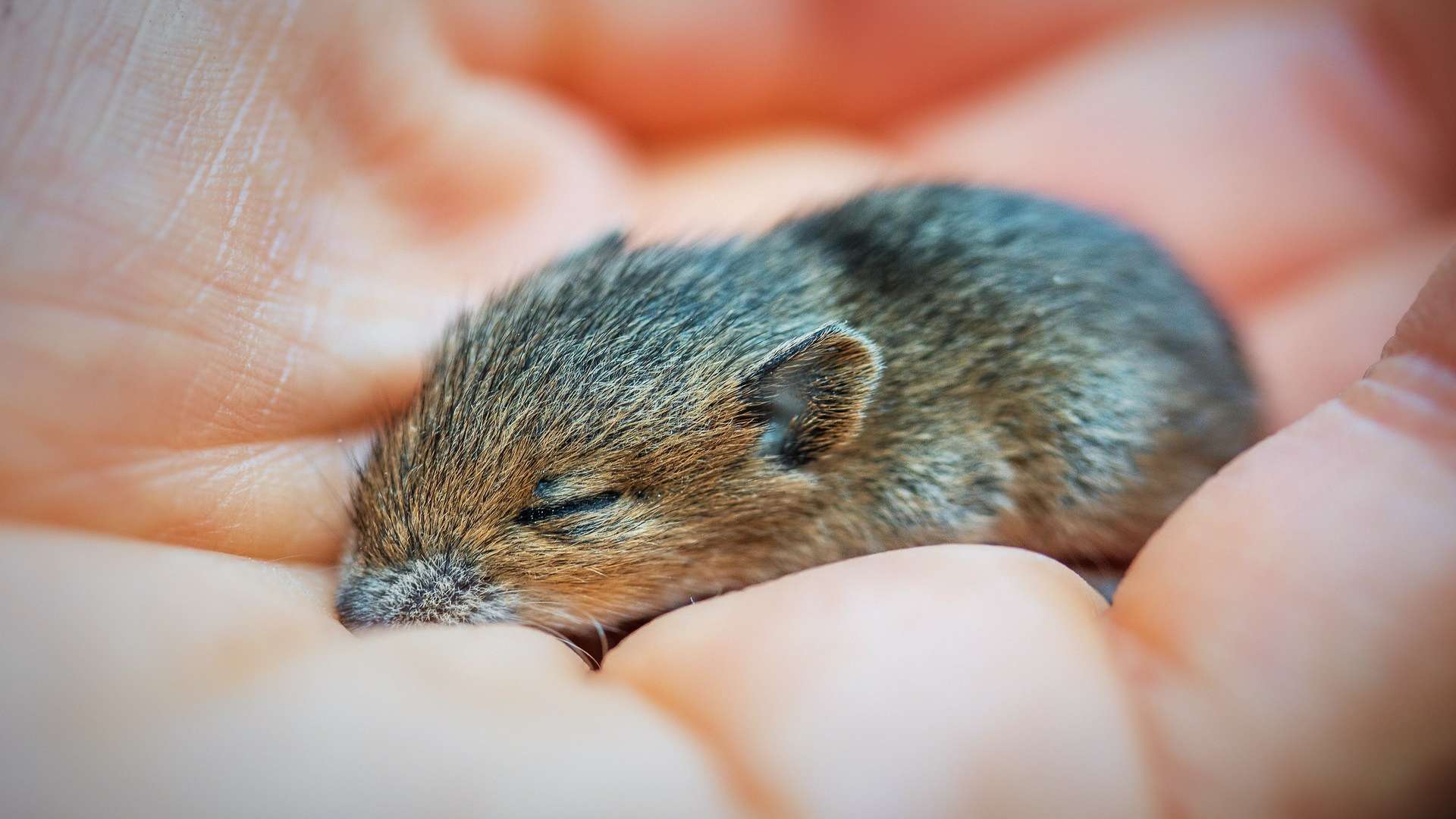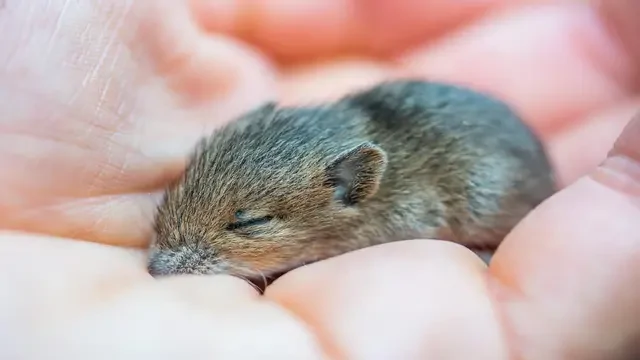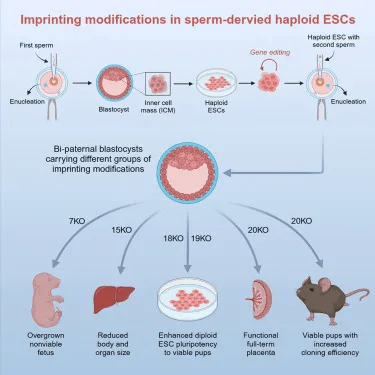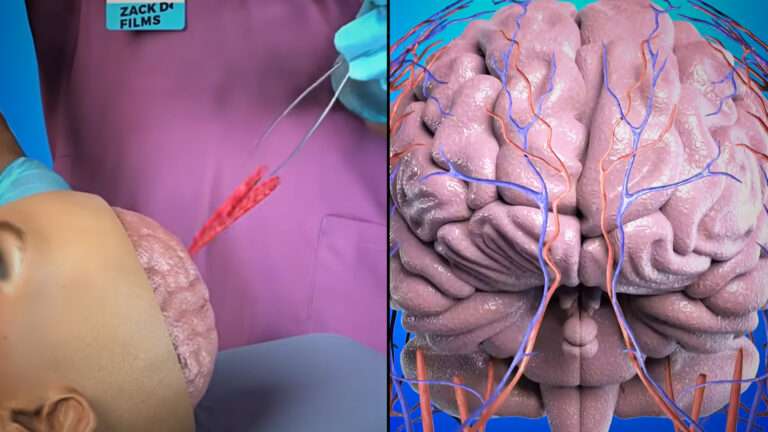Revolutionizing Reproduction: Mice with Two Dads Reach Adulthood in Groundbreaking Scientific Milestone

In a remarkable scientific achievement, a team of stem cell researchers has successfully brought mice with two male parents to adulthood, marking a significant step forward in unisexual reproduction in mammals. This pioneering study, conducted by scientists from the Chinese Academy of Sciences (CAS), sheds light on the potential of gene modification to redefine the boundaries of traditional reproduction.
Read the full story of this groundbreaking research
A New Frontier in Mammalian Reproduction: The Role of Imprinting Genes
The key to this breakthrough lies in the modification of “imprinting genes,” which play a crucial role in regulating gene expression in mammals. These genes have long been considered a major obstacle in the quest for unisexual reproduction. Previous attempts to create embryos from same-sex parents had failed to progress beyond early stages of development. However, CAS researchers have unlocked the potential of these genes, setting the stage for a future where same-sex reproduction may become a reality.

Discover how imprinting genes work in mammals
Overcoming the Challenges of Bi-Parent Reproduction
In their study published in Cell Stem Cell, the CAS team posed the pivotal question: “Are imprinting genes the only barrier to bi-paternal reproduction in mammals?” Previous efforts involving ovarian organoids had resulted in defective embryos, failing to produce a viable bi-paternal mouse. The new study explores whether genetic modifications could overcome these limitations.
By making 20 specific genetic alterations—ranging from frameshift mutations and gene deletions to edits in regulatory regions—the researchers were able to make significant strides in the development of bi-paternal mice. This groundbreaking approach provides a glimmer of hope for unisexual reproduction and highlights the importance of genetic innovation in advancing stem cell and regenerative medicine.
Learn more about stem cell modifications and their role in reproduction
The Journey to Bi-Paternal Mice: A Technological Feat
The scientists employed innovative techniques such as ESC (Embryonic Stem Cell) complementation and haploid cell nuclear injection to generate embryos from two male parents. Despite the inherent challenges, a small percentage of the embryos survived long enough to reach birth. However, these mice often faced significant health challenges, including developmental defects, shorter lifespans, and sterility.
Nonetheless, the study represents a major leap in our understanding of bi-paternal reproduction, providing valuable insights into how further modifications of imprinting genes could eventually lead to the birth of healthy, viable offspring from two same-sex parents.
Explore the methods used to create bi-paternal mice
The Road Ahead: Implications for Regenerative Medicine
Although the findings are not yet perfect, they represent a significant breakthrough in the field of stem cell research. The study highlights how modifications to imprinting genes may one day allow scientists to produce healthy bi-paternal mice capable of reproduction. Furthermore, this research may lead to new therapeutic strategies for treating imprinting-related diseases.

As the authors of the study note, the work could have far-reaching implications for stem cell and regenerative medicine. While the journey is far from over, this achievement provides a roadmap for overcoming long-standing obstacles in the field of unisexual reproduction.
Learn about the potential future applications of this research
Impacts on the Future of Reproduction
The ability to create offspring from two same-sex parents is a concept that has fascinated scientists and the general public alike. While the current research is still in its early stages, the implications of these findings could be transformative. In the future, scientists may be able to apply similar techniques to human reproductive medicine, allowing for new forms of reproduction and offering hope for those affected by fertility issues.
This achievement also opens the door for further exploration of unisexual reproduction in other species, potentially offering new insights into genetic diversity and evolutionary biology.
See how this research could impact human reproduction
Social Media Reactions to the Breakthrough
The groundbreaking achievement of creating mice from two male parents has sparked conversations across social media platforms. From scientists to everyday people, the news has been met with fascination, excitement, and curiosity. Below are a few example posts from Twitter, Facebook, and Instagram, giving you a chance to dive into the buzz surrounding this revolutionary scientific milestone.
Twitter Reactions:
- “Unbelievable! Scientists have just created mice from two male parents! Could this be the future of reproduction? #StemCellResearch #RevolutionaryScience #BiPaternalMice” Tweet this!
- “Just read about mice with two dads reaching adulthood. The implications for reproductive medicine are mind-blowing! #ScienceNews #SameSexReproduction #GeneticEngineering” Share this on Twitter
Facebook Discussion:
- “Mice with two dads growing up to adulthood—this is a game-changer! What do you think this means for the future of reproductive science? Let’s discuss below!” Join the conversation on Facebook
- “Groundbreaking study reveals that bi-paternal reproduction in mammals could soon be a reality! Here’s what you need to know about this scientific breakthrough.” Read more on Facebook
Instagram Post:
- “Two dads and a baby? This milestone in reproductive science could change everything we know about family and genetics. The future is here! #MiceWithTwoDads #ImprintingGenes #StemCellResearch” View post on Instagram
These posts have garnered plenty of attention, reflecting the growing interest in the intersection of genetics, stem cell research, and future possibilities in reproductive medicine. Join the global conversation by sharing your thoughts on these platforms or simply following the latest developments as they unfold.
Follow the hashtag #MiceWithTwoDads to stay updated on the latest discussions
Conclusion: A Step Toward the Future of Reproduction
While challenges remain, the success of the CAS team in creating bi-paternal mice that reach adulthood is a monumental step in the field of reproductive science. As scientists continue to refine their techniques and explore the complexities of imprinting genes, the possibility of same-sex reproduction in mammals becomes increasingly feasible. This research not only pushes the boundaries of what is possible in the world of genetics, but it also brings us closer to a future where reproductive choices may expand beyond traditional methods. The ability to create offspring from two parents of the same sex opens up new avenues in reproductive medicine and could offer alternative pathways for individuals who wish to become parents. It could also have a profound impact on future generations, as these methods may be applied to address various infertility issues.
Despite the imperfections in the results, this work represents a promising step forward in the pursuit of a more inclusive and diverse understanding of reproduction. The findings of this study, though not yet perfect, will undoubtedly spark further advancements in the field, eventually leading to a future where reproduction can be achieved through a broader range of possibilities.
Follow the latest updates on stem cell research and reproductive science
What’s Next? The Future of Same-Sex Reproduction
With the advancements made in this study, the future of same-sex reproduction holds exciting possibilities. By continuing to manipulate and understand the genetic underpinnings of reproduction, scientists are closer than ever to unlocking the mysteries of bi-paternal and bi-maternal reproduction. As research in this area progresses, we can expect even more groundbreaking discoveries that may change how we think about reproduction, gender, and family dynamics. As we move forward, we must also consider the ethical and social implications of these discoveries. How will they influence future family structures? What new questions will arise about the definition of parenthood? These are some of the important questions that researchers, ethicists, and society as a whole will have to grapple with as these technologies continue to evolve.
Stay tuned for more updates as this field evolves. Share your thoughts on this revolutionary breakthrough and join the conversation on social media.
Featured Image Credit: Pixabay / Wei Li






